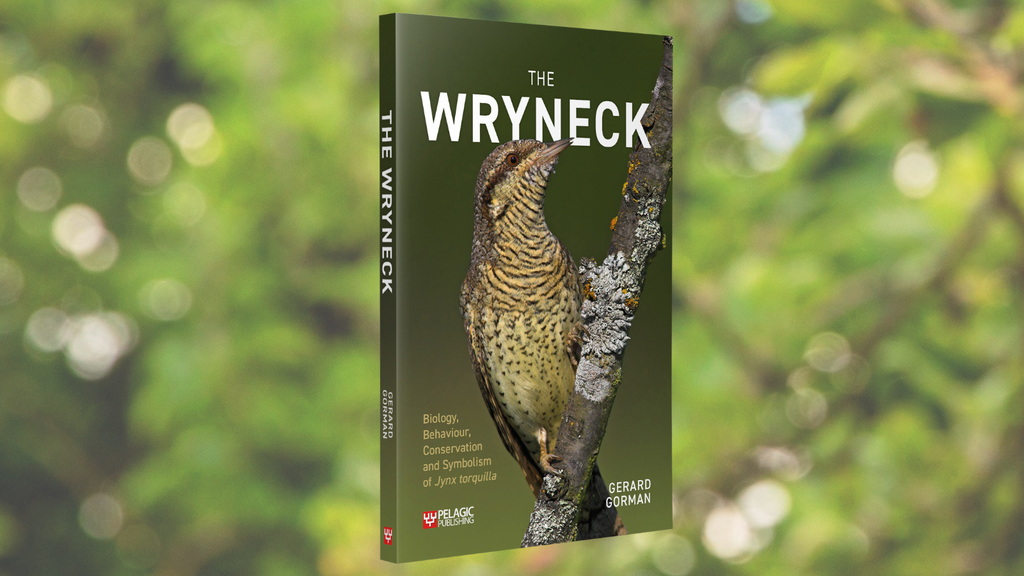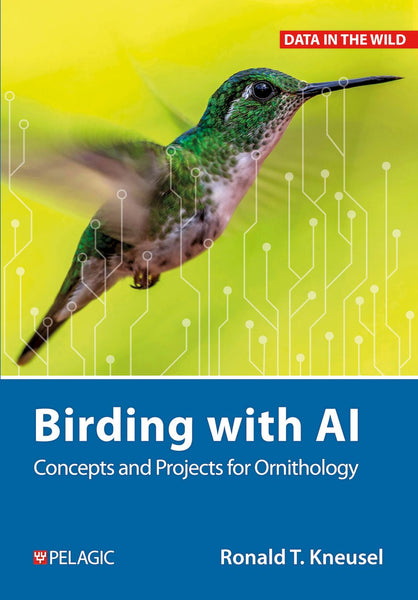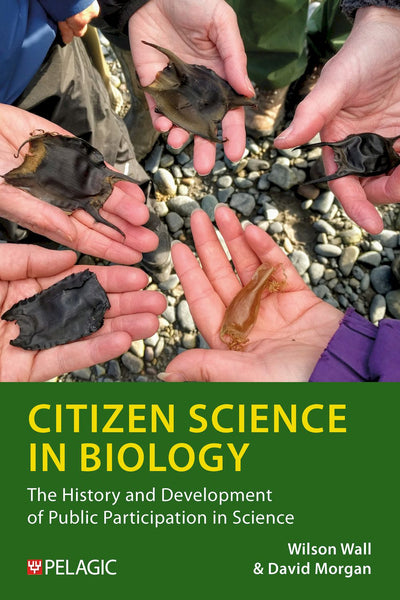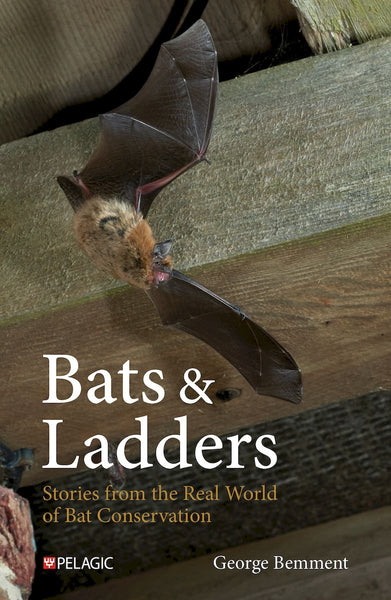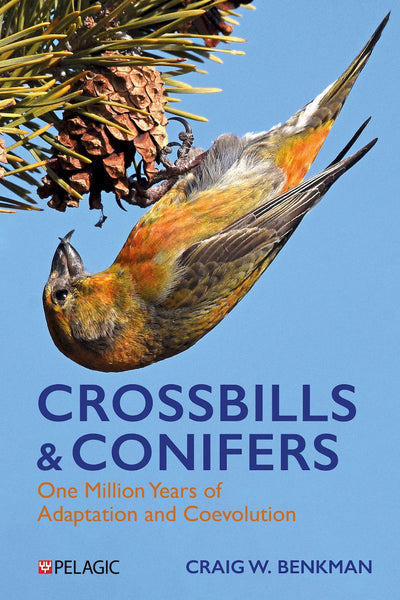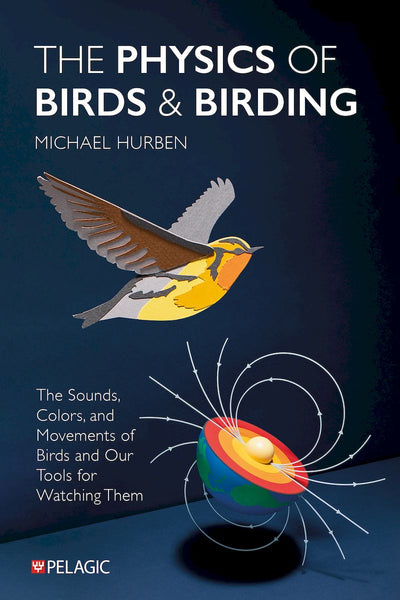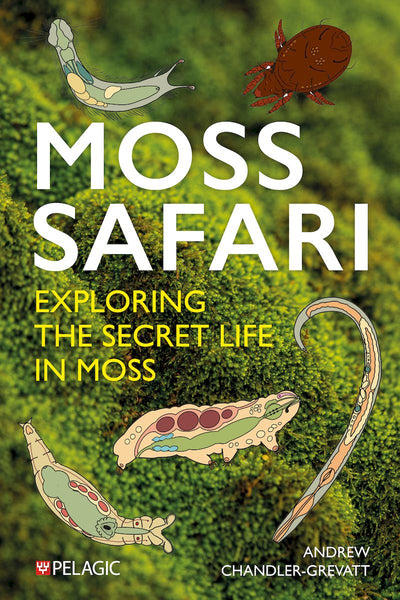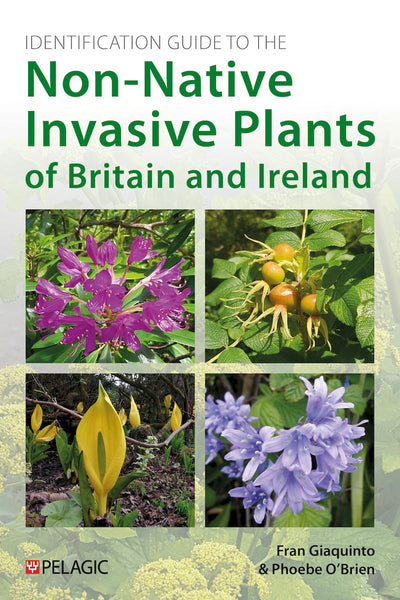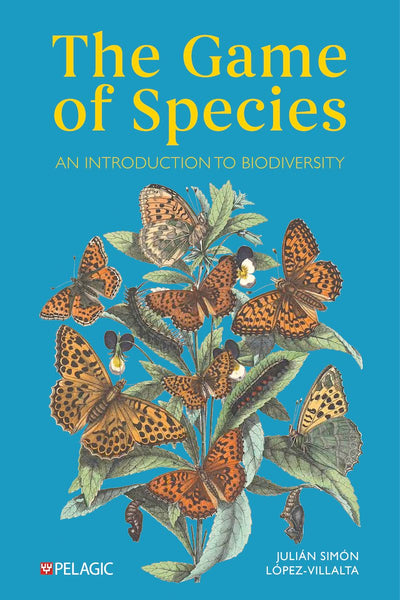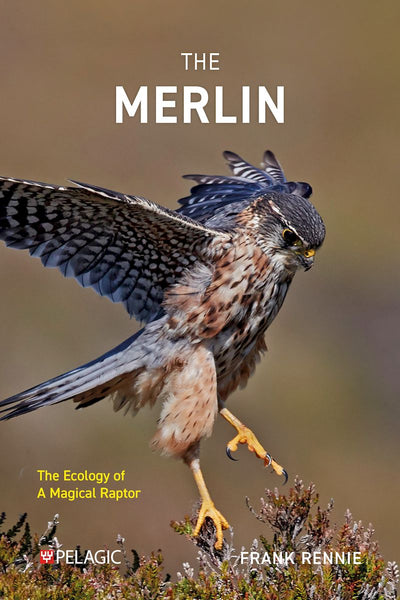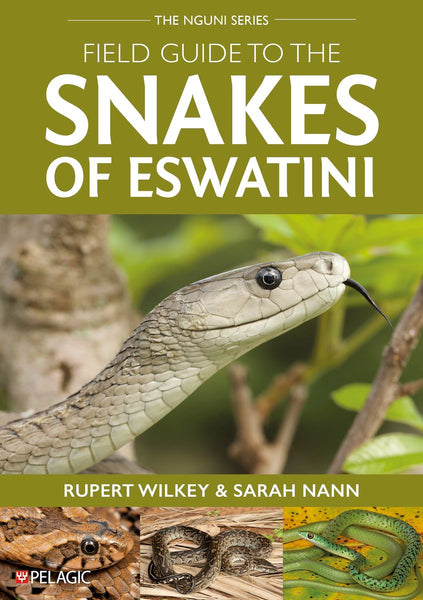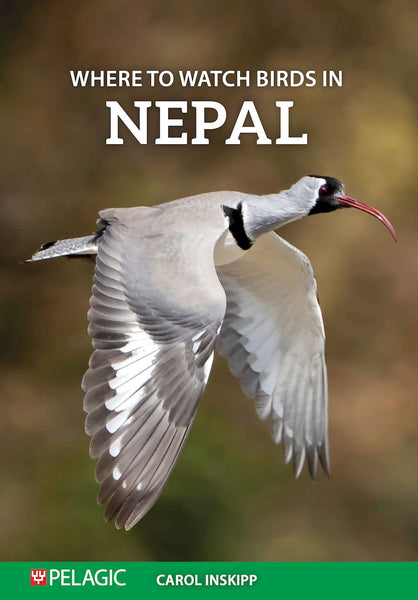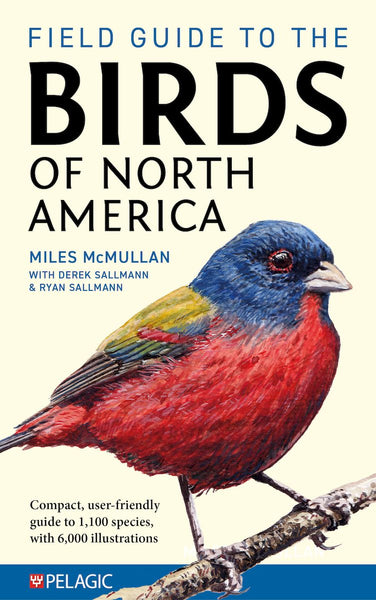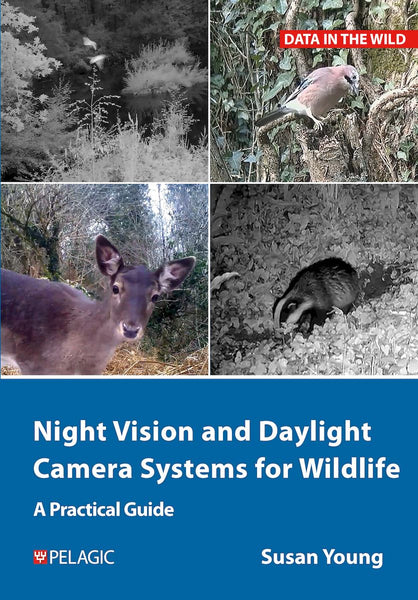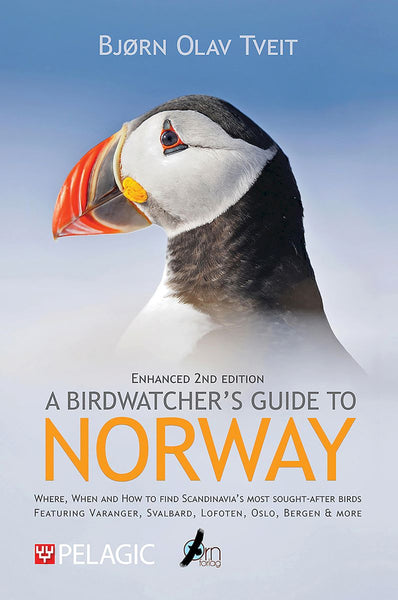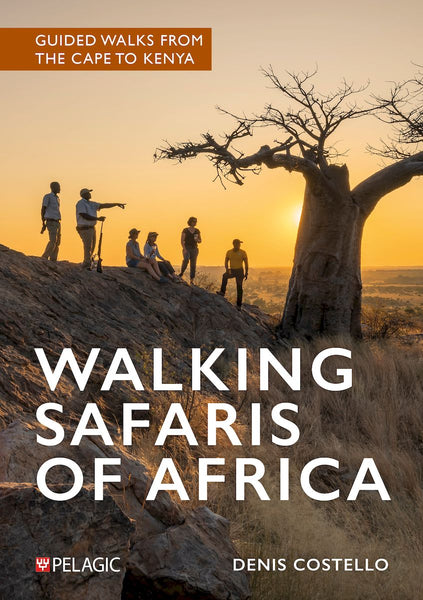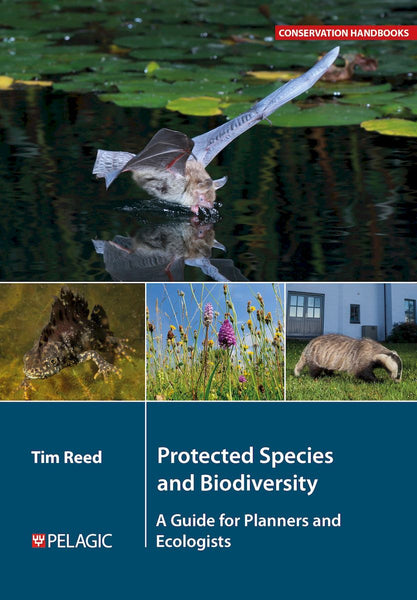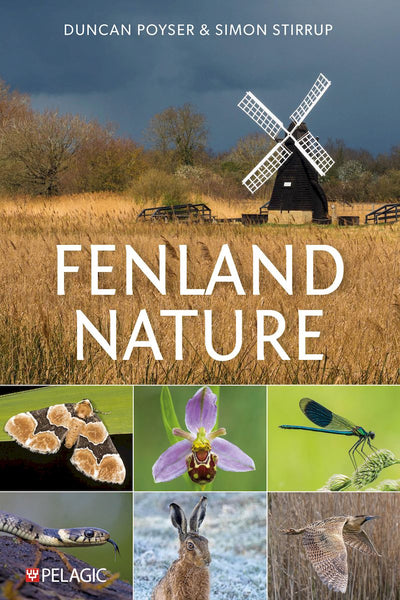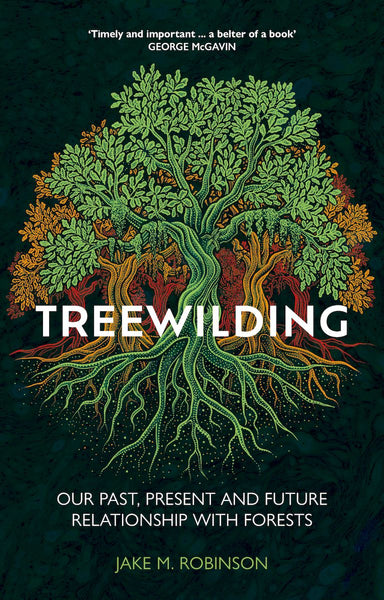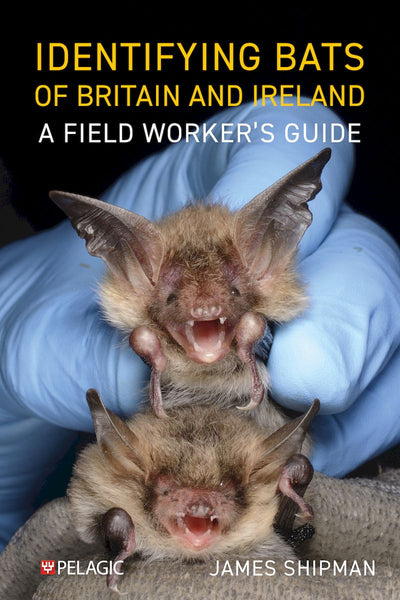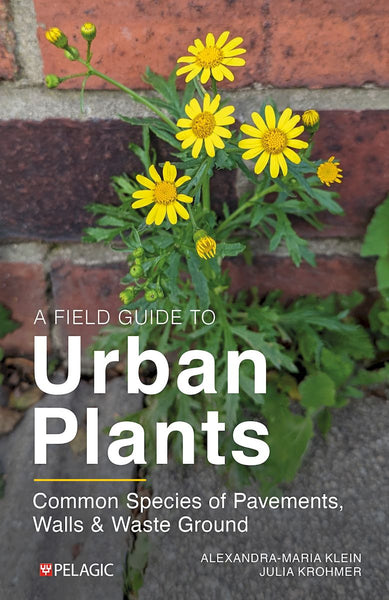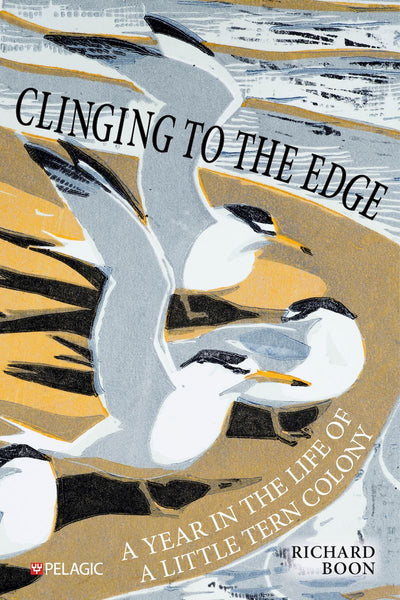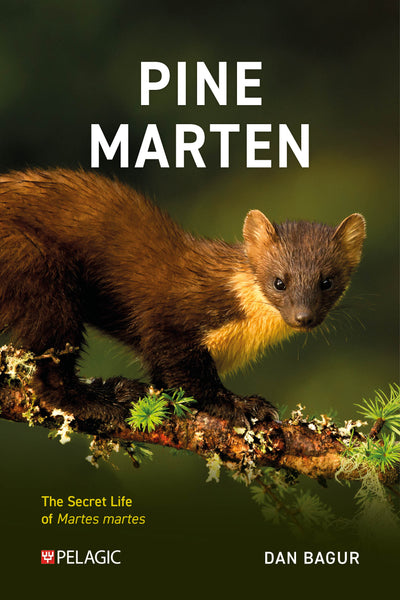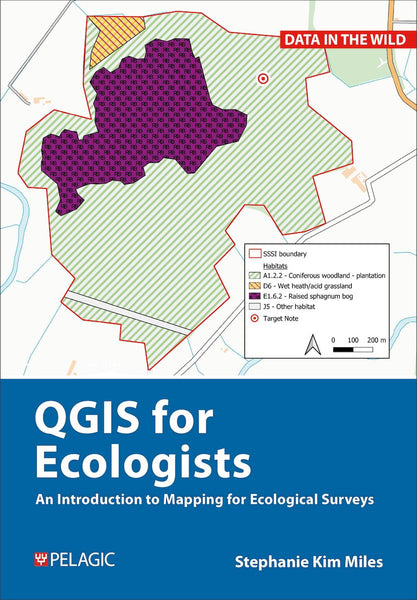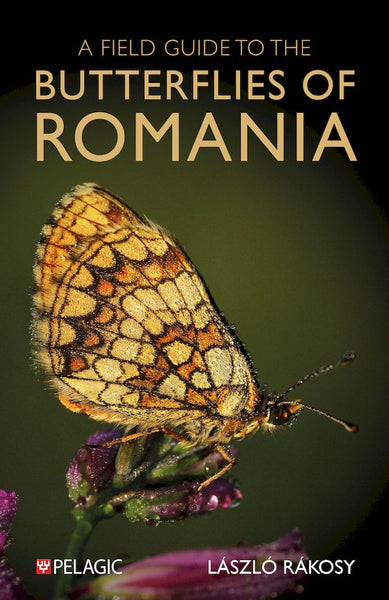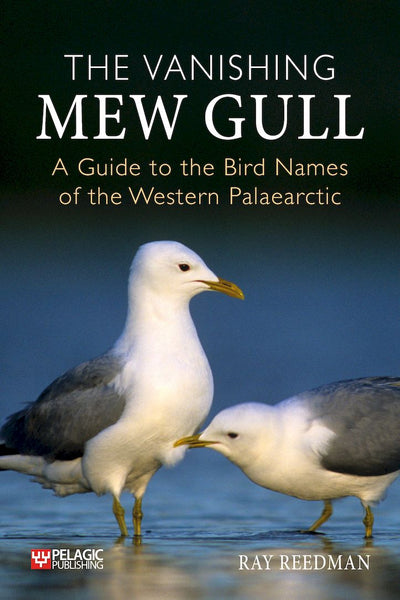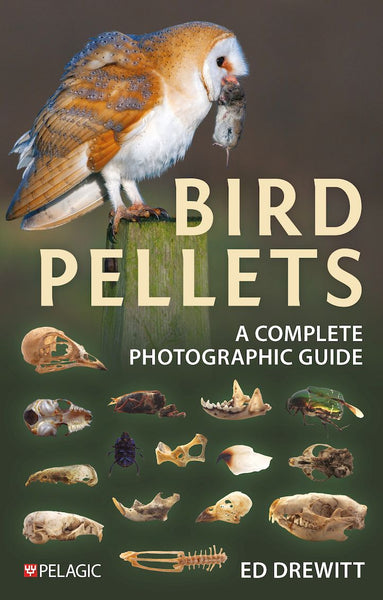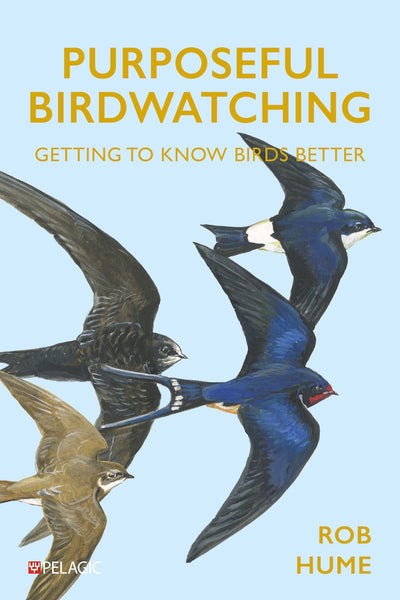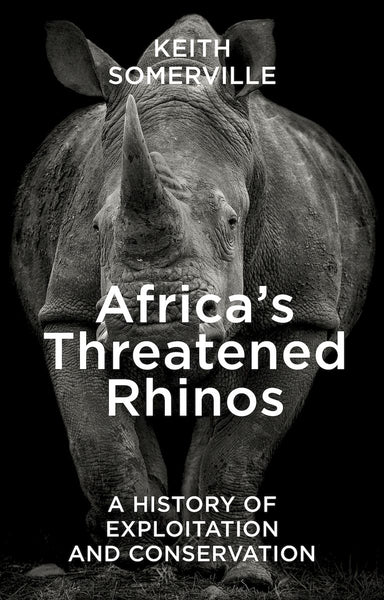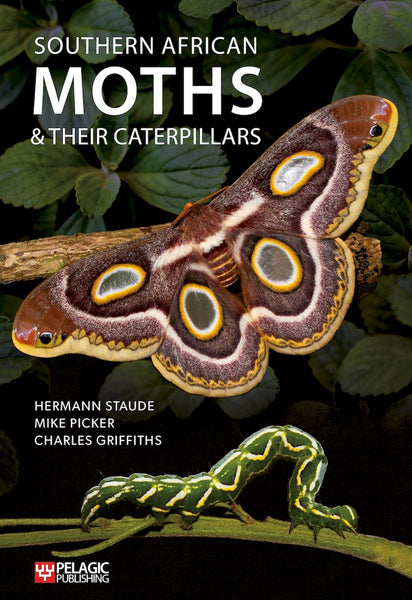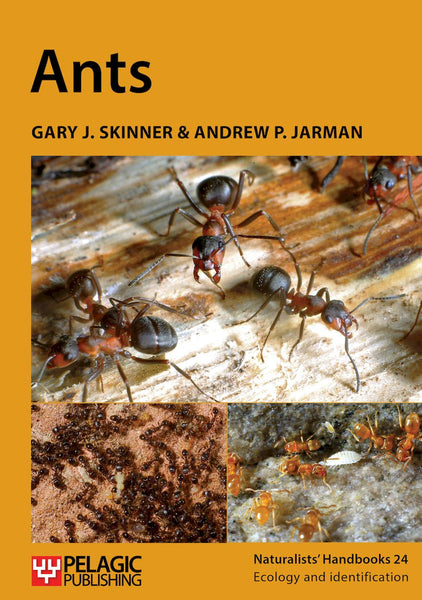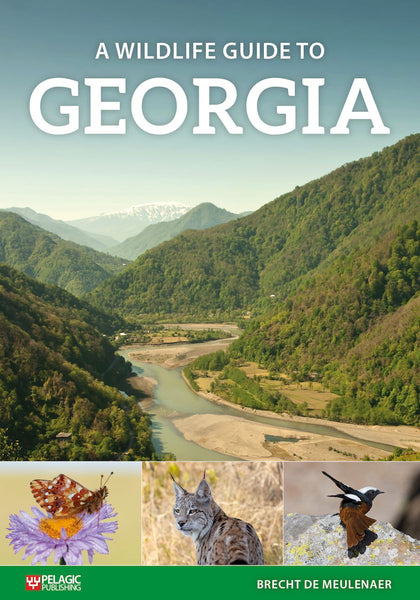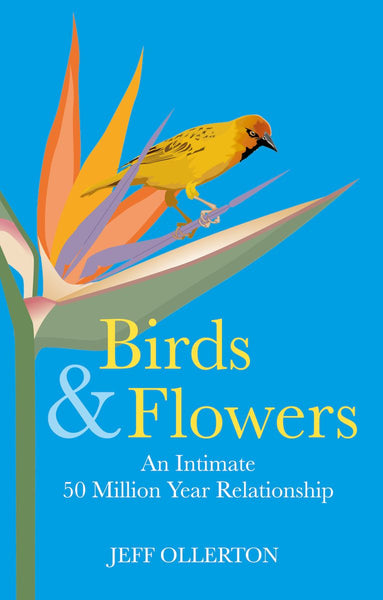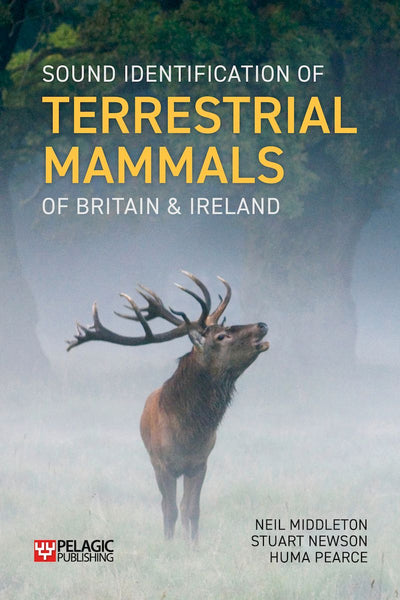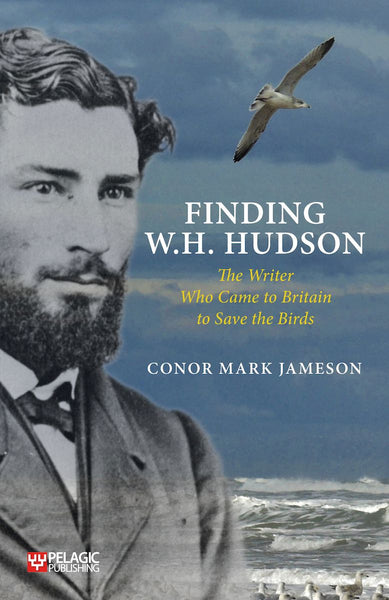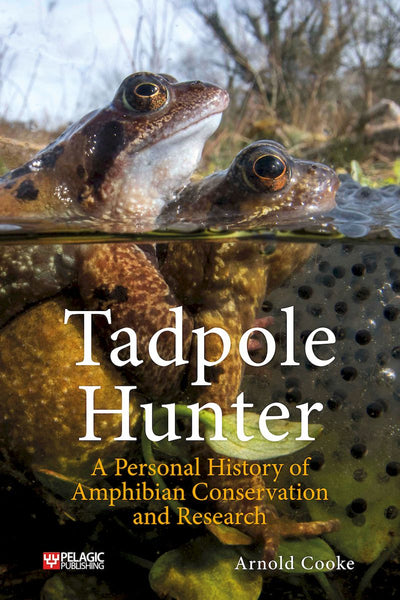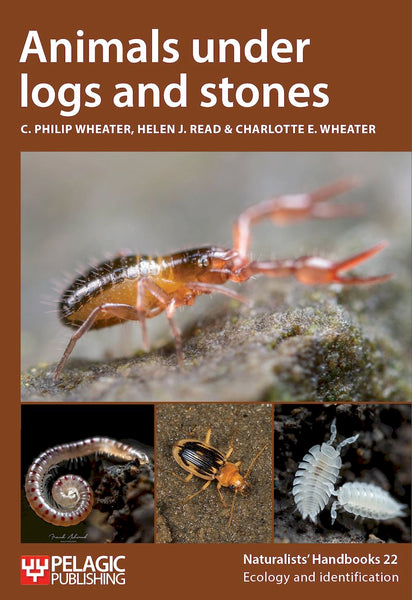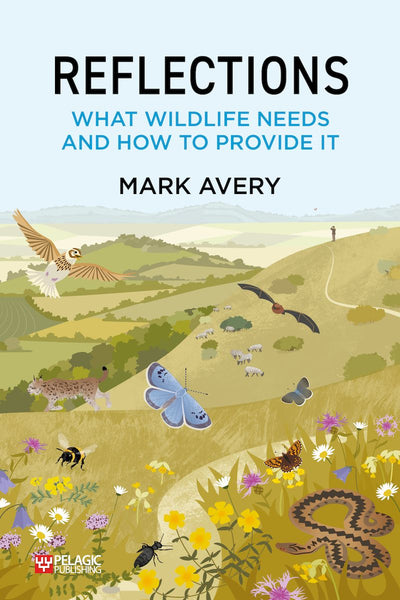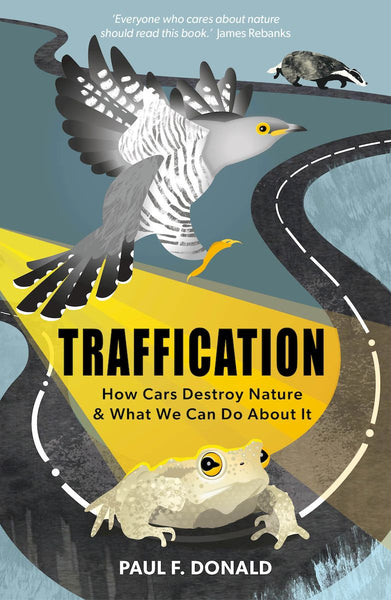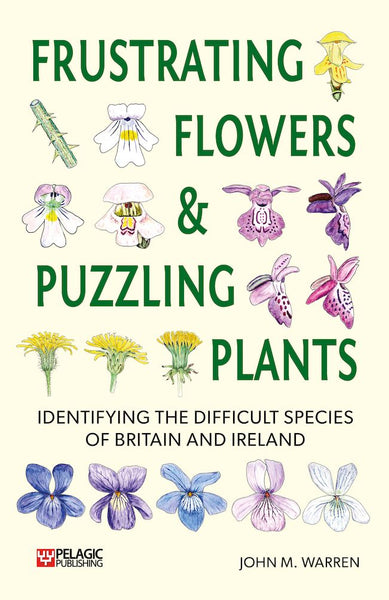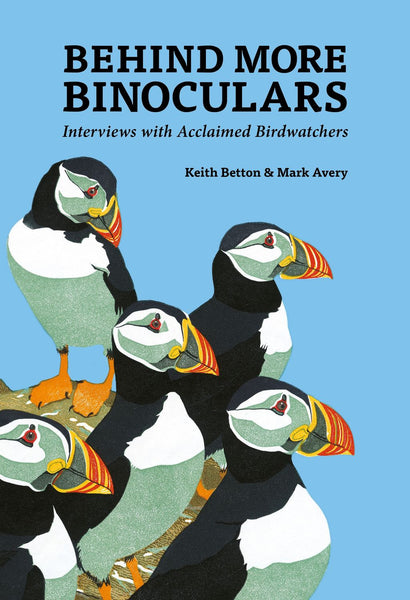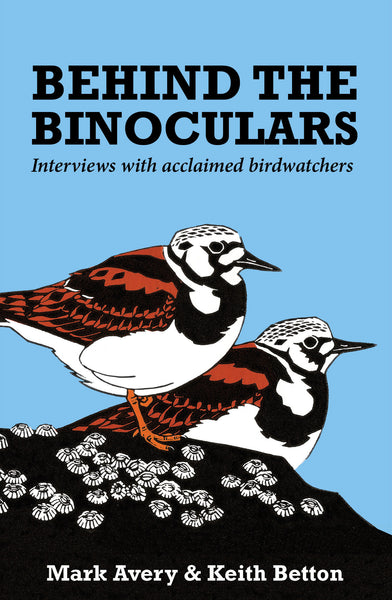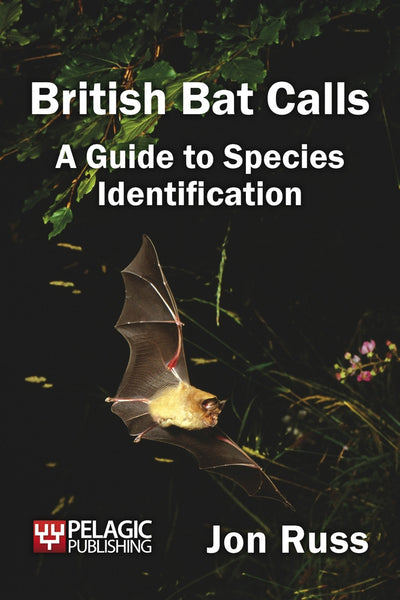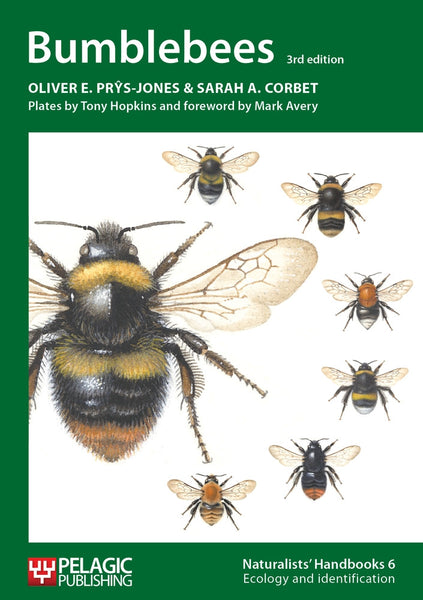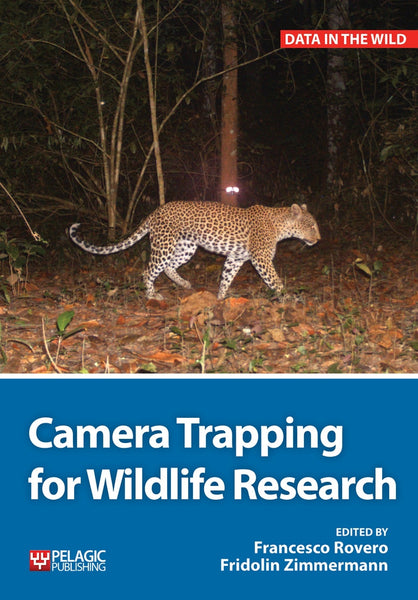Last week we published The Wryneck by Gerard Gorman. This detailed monograph explores the biology, behaviour, conservation and symbolism of a most unusual woodpecker!
In this author interview, Gerard reveals what makes this bird such a fascinating species, recollects memorable Wryneck moments and shares the most shocking discovery he made while researching the book.

When did your fascination with woodpeckers begin?
I have been asked this many times and the simple answer is that I do not know. I don’t recall a single experience that started it off, but as a child I always preferred woodland birds and wildlife. Then, many years later, when I left England, I found myself in places with up to ten woodpecker species, not the three or four that you could possibly see in Britain. Later still, when I joined the Hungarian Ornithological Society, I found that most colleagues were studying raptors, storks and Great Bustards, so I focused on woodpeckers, in the forests where I felt at home.
Gerard Gorman, Białowieża Forest, Poland.
What motivated you to write a monograph about Wrynecks?
All birds are fascinating, and you can make a case for writing about any species, but the Wryneck really is intriguing. I haven’t met anyone who disagrees. I’d spent a lot of time with Wrynecks and read all I could about them, but most of the literature was in German. I was surprised that there was so little on this popular bird in English, so I decided to address that.
What makes the Wryneck such an unusual woodpecker species?
Where to start? It’s a woodpecker that does not peck wood. It doesn’t even look-like a ‘real’ woodpecker, with its delicate bill and soft, rounded tail feathers. It can’t excavate its own nest cavity so relies on those of other woodpeckers or tree hollows or the like. That’s why they readily take to nest boxes. It’s also one of the very few woodpeckers in the world that truly migrates, and the only one in Europe, with most birds leaving their breeding areas in autumn and returning in spring.

Adult Wryneck. April 2010, Norfolk, England. Photo: Neil Bowman.
Tell us about your most memorable encounter with a Wryneck.
A few autumns ago, in Bulgaria, a friend suggested we visit a ringing-camp. I asked if there would be a chance of seeing a Wryneck there. He said, ‘Not much chance, they haven’t had one for weeks and in any case it’s not that regular there’. When we arrived, the main ringer greeted me with a wide grin and took a Wryneck out of a bag. After ringing it, taking photos, and releasing it, we left. Within minutes the phone rang, they’d caught another one, so we hurried back. The ringer’s grin was even bigger. He said something in Bulgarian and all the locals burst out laughing. My pal translated it for me, ‘I don’t remember ever trapping two Wrynecks in one day, then you come along, and we get two within ten minutes. You’ve got Wryneck karma!’
Whereabouts in the world have you travelled to study this species?
Mostly in Hungary, where they are not uncommon in the right places. We put up nest boxes for them. I’ve examined them in ringing camps in several countries and seen them in the field in many places, from the Baltic to the Balkans, Iberia and north Africa, too.
What kind of fieldwork and research contributed towards the book?
I put together a small team (they say I ‘brainwashed’ them!) in Hungary, called ‘Operation Wryneck’. We designed and erected special Wryneck nest boxes. This spring when the birds return, we will involve some youth members, get them interested, showing them the habitats, putting up more boxes. When researching the book, I also visited museum bird collections in Vienna and Budapest. I read (in translation when needed) as much non-English literature as possible. I’ve always done that as there is a wealth of important woodpecker literature out there that seems to go ‘under the English-speaking radar’.

An adult drops low and away from its nest box. June 2021,
Balatonmáriafürdő, Hungary. Photo: Imre Bárdos.
What was the most interesting fact that you learnt about Wrynecks while researching this book?
Not so much ‘interesting’ as ‘shocking’ but every autumn, during migration, long lines of ‘trammel nets’ are put up along Egypt’s Sinai coast – mainly to catch Quails. These nets ensnare huge numbers of those birds but also many others, including Wrynecks, which are regarded as worthless and are destroyed, not released. The numbers dying in those nets are alarming. Millions annually. There are dedicated people trying to tackle this, but in that region, hunting and trapping, both legally and illegally, is ingrained and laws, when they exist, are flouted. I’d heard stories of this but was not aware of the extent and the numbers involved.
How have Wryneck numbers changed over recent years?
Overall, they are in decline. As you may be aware, Wrynecks disappeared from Britain as a breeding bird decades ago. It seems that the decline began a long time ago too, perhaps in the 1800s, before the ‘modern’ problems of unsuitable farming and woodland management methods took hold. Despite several theories, it’s worrying that we still do not really understand the reasons for the decline and ultimate extirpation.

When alarmed Wrynecks often spread and raise their crown feathers. May 2012, Mohelno, Czech Republic. Photo: Tomáš Grim.
What threats are Wrynecks facing?
There are problems in breeding and wintering areas and during migration. The loss of breeding habitats, intensification in farming and woodland management and the general industrialisation of the countryside are all involved. In some parts of Europe, the disappearance of old orchards, which have been felled or ‘modernised’ is another problem. Land-use in wintering areas is probably a factor, too. I’ve already mentioned the problem of trapping on migration routes.
How have Wrynecks been symbolised in folklore and culture?
When I looked into this, I was amazed at what I found. Wrynecks have an incredibly rich ‘cultural history’. They’ve been demonised, persecuted but also admired and even venerated. They appear in myths dating back 1000s of years to Ancient Babylonia and Classical Greece. The head-twisting defensive performance they usually do when handled, perhaps predictably led to their becoming associated with snakes, and as long ago as 350 BCE Aristotle wrote about this in his History of Animals. Wrynecks are called ‘snakebirds’ in rural and folk dialects in many countries. Being a ‘snakebird’ did them no favours. One of my favourite Wryneck fables is more recent. In the early 1990s after the reunification of Germany, the German name for the species ‘Wendehals’ was used for opportunists who conveniently changed their political standpoints from left to right, winding from communist to capitalist, just as Wrynecks twist their necks.

In a display of neck writhing, this Wryneck bends its head right back. September 2018, Bourgas, Bulgaria. Photo: Gerard Gorman.






